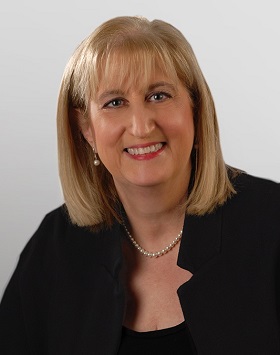Partner
In Brief: The duty to keep a trade secret arises at the time the secret was acquired.
Here’s What Happened: Bjorn Hegstad developed a floor resin called 1061 SW with the help of Silikal GmbH. Silikal manufactured and sold 1061 SW through an exclusive distributor, AcyrliCon International Limited (AC-I).
In 2008, Acrli-Con USA LLC (AC-USA) was formed to become the exclusive distributor of 1061 SW in the United States.
AC-I and Silikal had a dispute that ended in a global settlement agreement. AC-USA signed the agreement event though it wasn’t part of the dispute. The settlement agreement provided that Silikal would maintain the secrecy of the 1061 SW formula and only sell to AC-I and AC-USA.
ACI-USA discovered that Silikal was selling 1061 SW globally and taking credit for inventing it.
In 2014, AC-USA sued Silikal. Eventually, AC-USA dropped 5 out of 7 counts and went ahead with breach the settlement agreement and misappropriation of trade secrets.
The jury entered judgment against Silikal on both counts and awarded AC-USA $1.5 million. Silikal appealed for various reasons including that AC-USA did not prove an essential element of the cause of action for misappropriation of trademark secrets.
The Eleventh Circuit Court of Appeals reversed the trade secret judgment and affirmed everything else. The court held that the duty to protect a trade secret arises at the time that the disclosure is made and the person knew or had reason to know that the circumstances create a duty of non-disclosure. AC-USA had a couple of insurmountable problems. First, the settlement agreement didn’t exactly identify 1061 SW as a trade secret. Second, since Silikal acquired knowledge of the 1061 SW formula before AC-USA existed, AC-USA couldn’t prove that Silikal had a duty to AC-USA. The case was remanded back to the district court for further hearing on the damages in the breach of contract claim.
WHY YOU SHOULD KNOW THIS: The devil was in the drafting of the global settlement agreement. The agreement only created a duty of confidentiality of the 1061 SW formula. That’s different from the duty to protect trade secret. There are at least two ways that the settlement agreement could have been drafted to avoid AC-USA’s problem in the case. The parties should have agreed that 1061 SW was a trade secret by specifically agreeing that: (1) is a formula that is not generally known; (2) that it derives value from not being generally known; and (3) that it is subject to reasonable measures from non-disclosure. Then, the agreement should have acknowledged that AC-USA’s rights in 1061 SW as a successor or assignee of the original owner of the formula.
